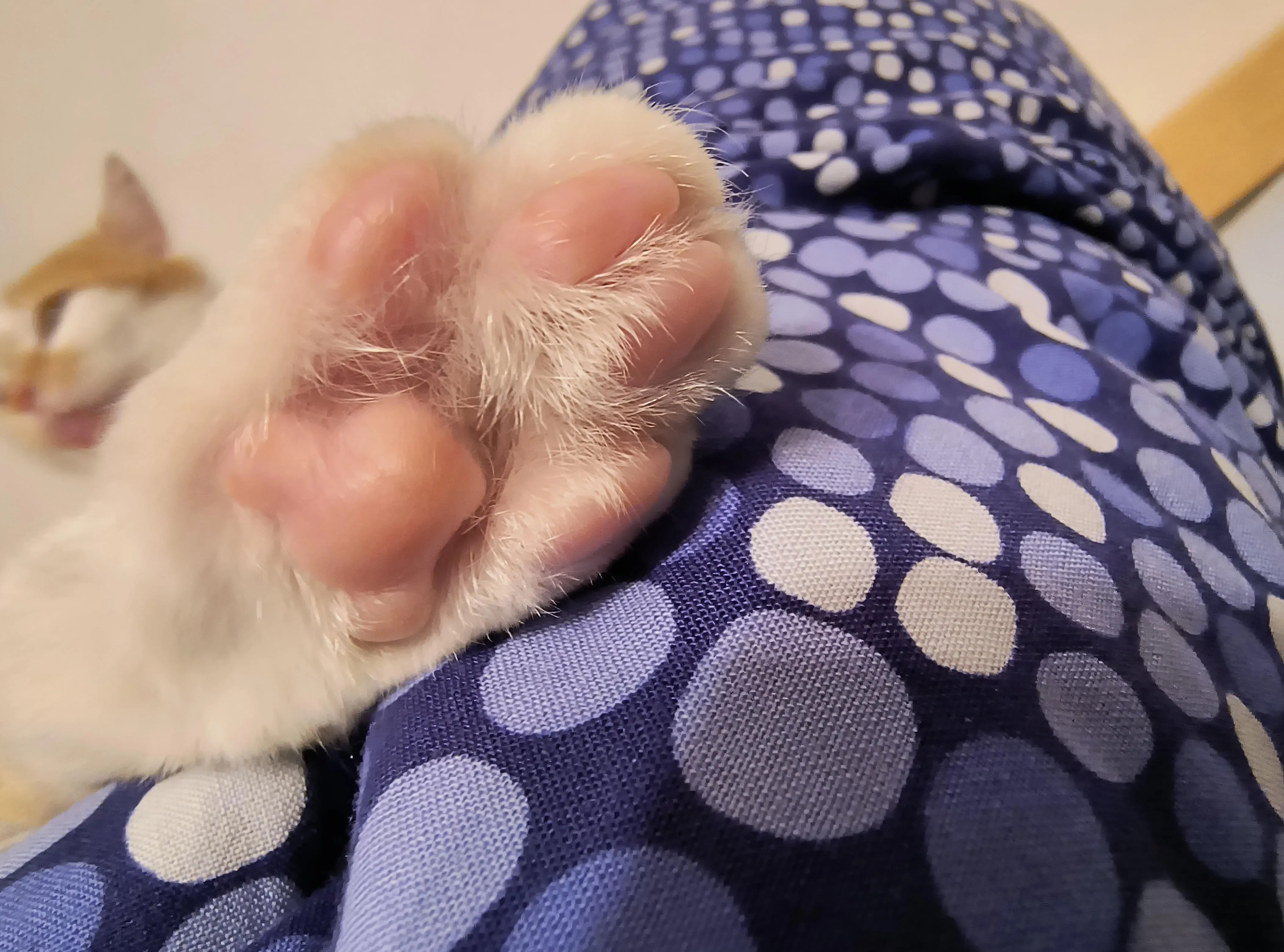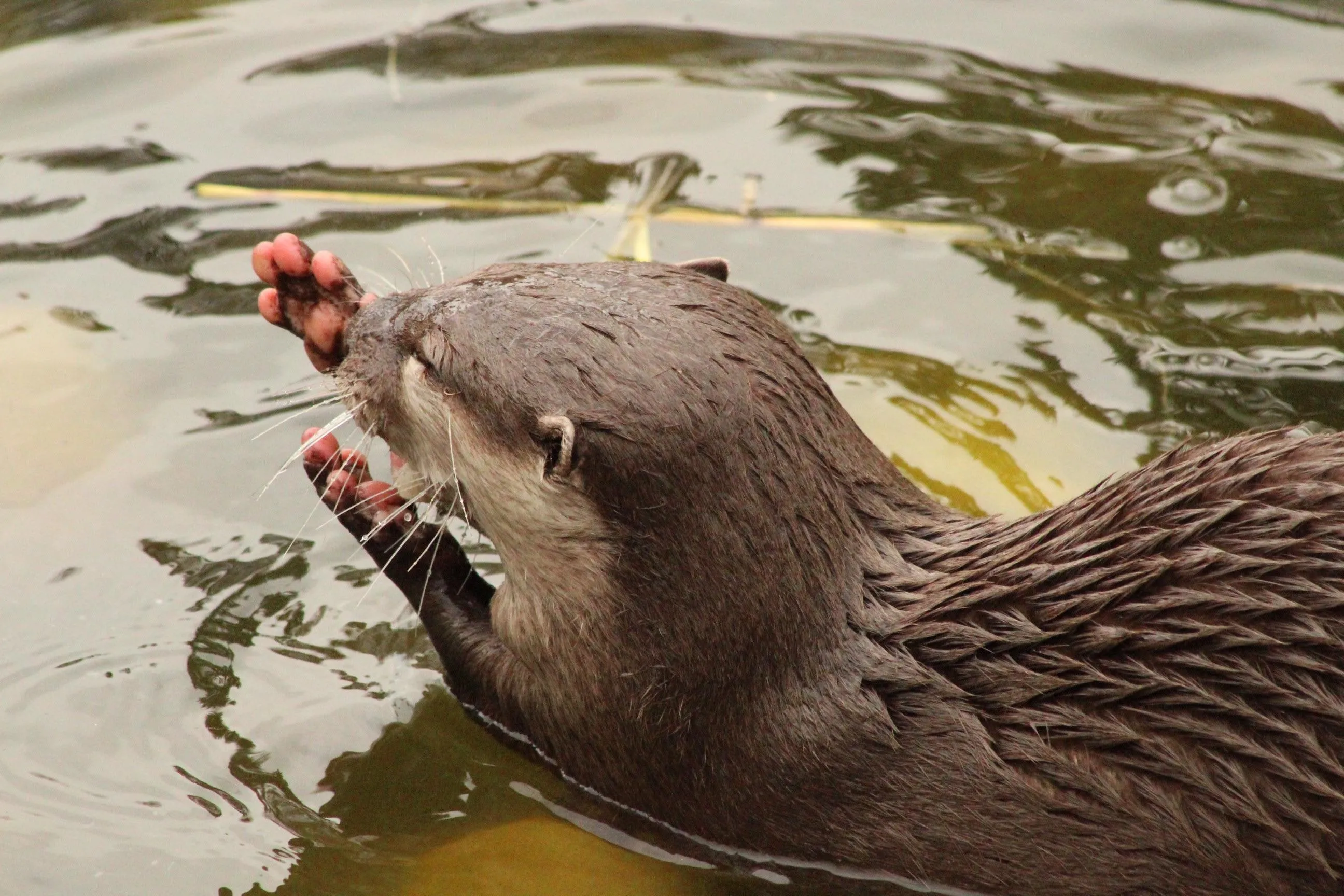What Are Tarantula Toe Beans
The world of tarantulas, with their captivating appearance and unique behaviors, holds many fascinating details. Among these, the concept of ’toe beans’ has piqued the interest of many enthusiasts. While not exactly ‘beans’ in the traditional sense, understanding what people refer to as ’toe beans’ in tarantulas is essential for appreciating these creatures. This guide will explore what they are, their function, and how to identify them, helping you gain a deeper understanding of these amazing arachnids. This knowledge can improve your appreciation for their unique biology and behaviors and improve your ability to care for tarantulas if you choose to keep one as a pet.
The Anatomy of a Tarantula
Tarantulas, like all arachnids, have a body divided into two main parts the cephalothorax (prosoma), where the head and thorax are fused, and the abdomen (opisthosoma). Their legs are attached to the cephalothorax. Each leg ends in a set of claws, and the parts related to what people call ’toe beans’ are located at the very end of each leg. These are crucial for locomotion, climbing, and overall survival. The intricate structure of a tarantula’s legs, including the tarsal pads, is key to understanding how they interact with their environment. Recognizing the basic structure of a tarantula is the first step in understanding the function of the ’toe beans’.
The Role of Feet

The feet of a tarantula play a vital role in its survival. They provide the means for the tarantula to move, climb, and grip surfaces. The specialized structures at the end of each leg, including the claws and the scopulae, help the tarantula adhere to different surfaces. The claws provide grip on rough surfaces, while the scopulae, which are dense pads of tiny hairs, allow them to cling to smooth surfaces. Their feet are also sensory organs, enabling the tarantula to perceive its environment through touch and vibration. The efficiency of these structures contributes significantly to the tarantula’s hunting and defensive strategies. Without these specialized structures, a tarantula would struggle to navigate its world.
What Are Toe Beans
The term ’toe beans’ is an informal, affectionate term used by tarantula enthusiasts to describe the pads or structures located at the end of a tarantula’s legs, typically just before the claws. These structures are often covered in tiny hairs called scopulae, which give them a fuzzy appearance. The scopulae create a remarkable grip that allows tarantulas to climb smooth surfaces, including glass. They are not actual beans but rather the specialized adaptations that enhance the tarantula’s mobility and provide an endearing visual aspect. Understanding what people mean when they refer to toe beans is key to appreciating the adaptations that allow tarantulas to thrive in diverse environments.
Identifying Tarantula Toe Beans
Identifying tarantula toe beans involves observing the feet of the tarantula. Knowing what to look for is critical. Various methods can aid in the identification process, including visual inspection, understanding their behavior, and, in some cases, using magnification. Recognizing these features will improve your appreciation for these arachnids. Knowing where and how to look is crucial for understanding the features of a tarantula’s feet, allowing you to appreciate their remarkable adaptations fully. This understanding will enhance your interactions with these creatures, whether you are a tarantula keeper or simply an admirer.
Visual Inspection

The easiest way to identify toe beans is through direct visual inspection. Observe the tarantula’s legs, especially the tips. Look for the fuzzy pads just before the claws. These pads are the scopulae. The appearance can vary slightly depending on the species. Some tarantulas have more prominent scopulae than others. Healthy toe beans will appear clean and free of debris. Regular visual checks are essential for tarantula keepers to ensure their pets are in good health and to spot any potential issues early. It is a simple and effective method for understanding and appreciating the intricate adaptations of these arachnids.
Where to Look
When visually inspecting, observe the tarantula’s feet from multiple angles. Good lighting is crucial to highlight the details of the feet. Watch the tarantula as it moves, allowing you to view its feet from different positions. Sometimes, a tarantula may rest with its feet partially hidden. Gently encouraging the tarantula to move, such as by offering a small treat, can help reveal the feet. Being patient and observant will help you identify the toe beans more easily. Paying attention to these details will give you a better insight into the tarantula’s physical characteristics.
Using Magnification
For a more detailed view, magnification tools like a magnifying glass or a jeweler’s loupe can be used. This will allow you to see the tiny hairs (scopulae) on the pads in greater detail. Digital microscopes can also provide high-resolution images. This close-up perspective will enhance your understanding of the structures and how they work. Magnification is especially helpful when dealing with smaller tarantula species or when trying to identify potential issues like fungal infections or injuries to the feet. This increased visual access allows you to fully appreciate the intricate designs of the tarantula’s feet and the importance of the ’toe beans'.
Behavioral Clues

Observing the behavior of a tarantula can provide clues about its feet and toe beans. Different behaviors can suggest healthy or potentially problematic toe beans. For example, unusual difficulty climbing or clinging to surfaces might indicate an issue with the scopulae. Understanding the normal behavior of tarantulas is key to recognizing potential problems. The way a tarantula interacts with its environment can often reveal valuable information about its overall health. Paying attention to these details can assist in identifying problems early.
Grooming Habits
Tarantulas groom their legs and feet to keep them clean and free of debris. Observing these grooming habits can give insights into the health of the toe beans. They often use their chelicerae (mouthparts) to clean their legs. A tarantula that frequently grooms its feet may be trying to remove something, such as dirt or a foreign object, from its toe beans. Changes in grooming habits can signal problems. Understanding these grooming behaviors will further clarify the well-being of their feet.
Movement and Grip
A tarantula’s movement and grip can reveal much about its toe beans. Observe how easily a tarantula climbs, walks on different surfaces, and rests. If a tarantula struggles to climb or maintain its grip, there may be an issue with its toe beans. The ability to grip a surface correctly is a good indicator of healthy scopulae. A healthy tarantula will confidently move across various surfaces. Any issues with grip can alert you to possible problems requiring further investigation. Carefully observing their movements can provide essential clues.
When to Seek Expert Help

If you notice anything unusual about a tarantula’s feet or behavior, it is important to seek expert advice. Signs of potential problems include difficulty climbing, visible injuries, changes in color or texture, or excessive grooming. A qualified veterinarian specializing in exotic animals or a knowledgeable tarantula breeder can provide guidance and treatment. Early intervention is crucial for addressing any health issues that may arise, so consulting an expert is essential for responsible tarantula care. Professional help will prevent minor issues from turning into serious health issues for the tarantula.
Potential Issues and Misidentification
Several issues can affect a tarantula’s feet, including injuries, infections, and molting problems. It is important to distinguish between these conditions and normal variations. Misidentification can lead to inappropriate care. Common issues include fungal infections, injuries from falls, and problems during molting. Regularly examining your tarantula and being aware of potential problems is essential to providing optimal care. Consult with an expert if you suspect a problem, as correct identification is crucial for appropriate treatment and ensuring the well-being of your pet.
Common Misconceptions
One common misconception is that all tarantulas have the same type of toe beans. Species can have varying degrees of scopulae development, leading to differences in grip ability. Another misconception is that toe beans are a sign of a specific disease. It’s important to rely on observation and expert advice to determine the actual state of your tarantula’s health. Avoiding common misconceptions and understanding that each tarantula is unique can enhance your care and appreciation for these animals. Staying informed and seeking expert advice will ensure you provide the best possible care.
Conclusion

Understanding tarantula toe beans enhances the appreciation of these amazing creatures. Identifying and understanding the functions and structures will enrich your interactions, whether you are a pet owner or a curious observer. These amazing arachnids are truly fascinating. They have so many unique characteristics. By observing these details, we gain a deeper understanding of their lives. From their intricate anatomy to their intriguing behaviors, tarantulas offer endless opportunities for fascination. Always prioritize the well-being of your tarantula by providing proper care and seeking expert help when necessary. Enjoy the journey of exploring the fascinating world of tarantulas!
